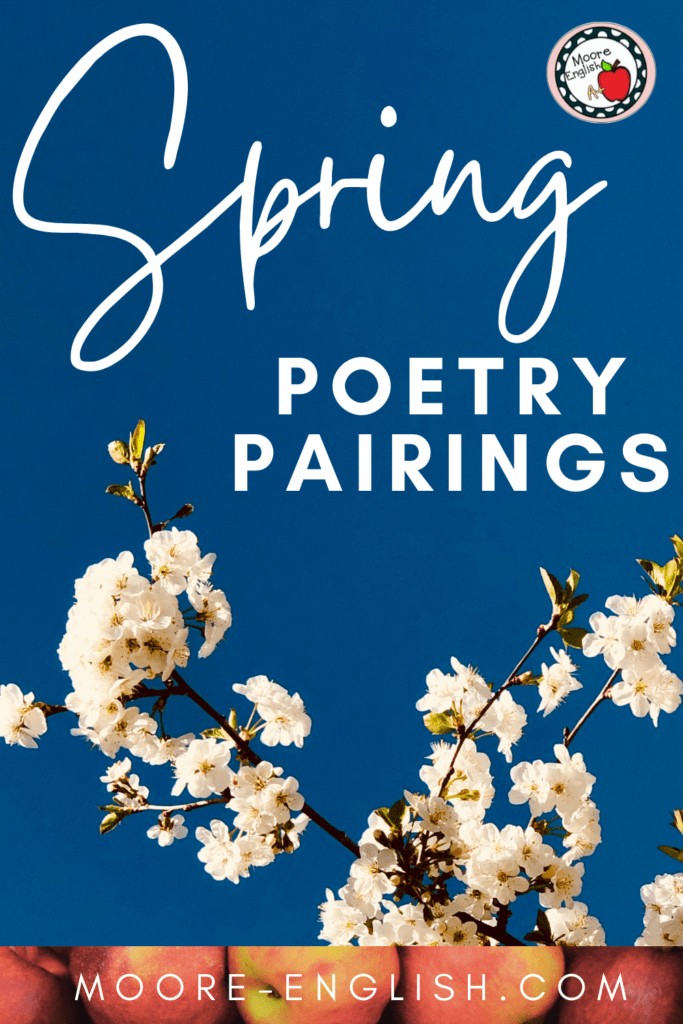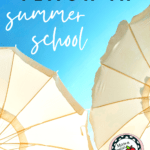A few months ago, I shared a collection of poems perfect for autumn and winter. Putting together that post was so much fun that I wanted to do the same for spring and summer!
Short writing prompts are a great way to help students start thinking about the season. Using images is a good way to inspire students. These images are flexible, so I sometimes use them as bell work, quick writes, and formative assessment. Check out the spring images and summer collection, too!
To help students get in the spirit of the season, I’ve put together a collection of 4 poems perfect for spring and summer!
This post this post may contain affiliate links. Please read the Terms of Use.
Poems for Spring and Summer
As spring begins, I get excited about the days growing longer! In the morning, there’s silence and birdsong all at once, and the world starts to yawn back to life. Few poems capture that sensation like “The Lake Isle of Innisfree” by William Butler Yeats. This short poem captures a moment and setting and makes it sing! Read it here.
Similarly, “Easter Wings” by George Herbert also captures the spirit of spring. While Herbert’s poem has a more religious and spiritual perspective, the poem also makes for a great study of structure. The language in this poem is more challenging than the language in Yeats’ work, so this is a good way to level students up and spiral poetry instruction. Read it here.
For summer poems, there’s no text more memorable than Mary Oliver’s “The Summer Day.” That closing question stays with readers and haunts them! This poem provides students with opportunities to respond with their own poetry, in letter form, or in their journals. This poem is begging for a response from readers! Read it here.
In “Summer Morn in New Hampshire,” Claude McKay provides a different perspective of summer. Since McKay revised this text so many times, readers can watch the poem’s development and compare different versions of the text. Similarly, reading McKay and Oliver side by side provides a rich conversation. Read it here.
Honorable Mentions
If you’re looking for a more challenging texts, William Cullen Bryant weaves nature imagery into his writing beautifully. As a Romantic, Bryant provides commentary on the relationship between humans and nature.
- First, “To a Waterfowl” is a great introduction to Romanticism. Although this isn’t specifically a poem about spring or summer, the twilight setting is lovely.
- In addition, “The Planting of the Apple-Tree” takes readers through all the seasons. The title apple tree is a key symbol for readers, and its growth over the years and through the seasons comments on the nation Bryant loved.
Both of these poems are in my William Cullen Bryant bundle. Moving from “To a Waterfowl” to “The Planting of the Apple-Tree” spirals students naturally toward more challenging poems.


















